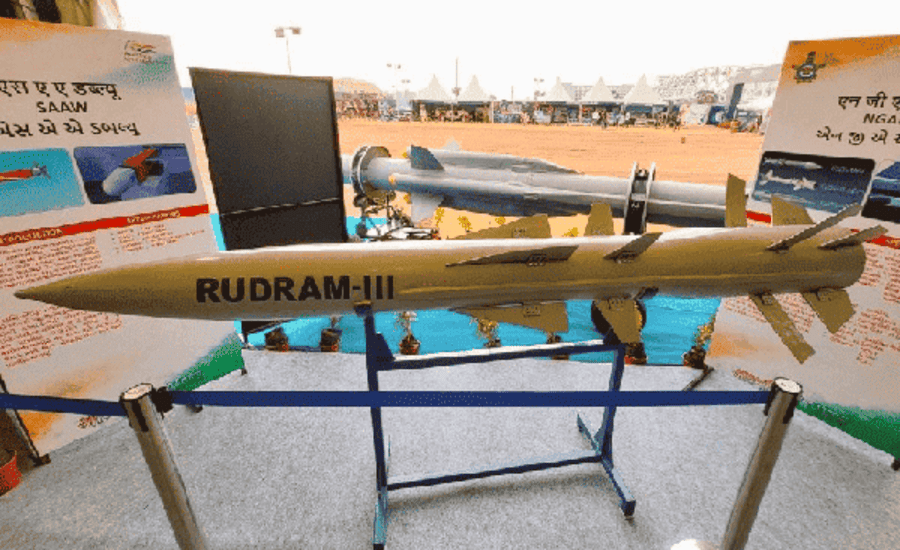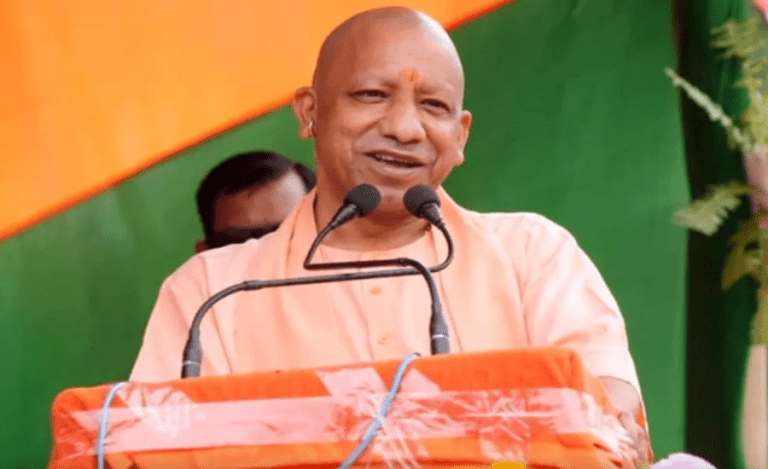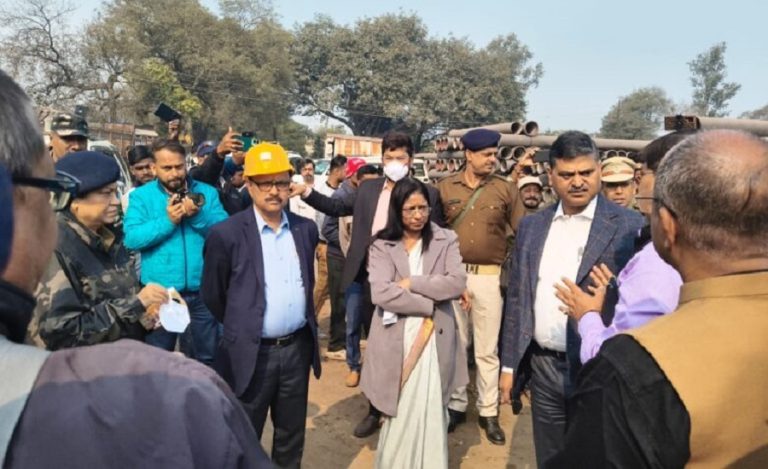News Delhi: India’s indigenous defence capabilities are about to receive a massive boost as DRDO fast-tracks the development of the RudraM-III, a cutting-edge hypersonic anti-radiation missile designed to turn the Su-30MKI into a lethal long-range strike platform.
RudraM-III hypersonic missile is scheduled for final user trials by the end of 2025 at the Integrated Test Range in Chandipur, Odisha, marking a significant milestone in India’s self-reliant defence manufacturing initiative.
RudraM-III Hypersonic Missile: Hypersonic Speed Meets Precision Strike
The RudraM-III missile is a state-of-the-art hypersonic weapon weighing around 1.6 tons, capable of reaching speeds over Mach 5.
This makes it one of the fastest missiles in India’s arsenal, designed specifically for suppression of enemy air defence (SEAD) operations.
When launched from altitudes of approximately 11 kilometers, it can target locations up to 600 kilometers away, doubling the range of the earlier RudraM-II.
This extended reach provides Indian Air Force pilots with crucial standoff distance, keeping them safely outside enemy missile range.
Modular Warhead Technology: One Missile, Multiple Missions
What sets the RudraM-III apart from conventional missiles is its innovative modular warhead system. The missile features a 200 kg warhead with advanced guidance systems (IMR) , allowing it to adapt to different mission profiles.
Its primary purpose is to target and destroy well-protected enemy assets including radar stations, command bunkers, fortified buildings, aircraft shelters, and other vital military infrastructure deep within enemy territory.
Read also: India-Russia Strategic Arctic Alliance: Ice-Class Cargo Ships Deal Takes Shape | Arctic Shipping
The anti-radiation technology enables the missile to home in on enemy radar emissions, effectively blinding adversary air defence networks before main strike packages arrive.
RudraM-III Hypersonic Missile and Su-30MKI’s Heavy Strike Configuration
The Indian Air Force’s workhorse fighter, the Su-30MKI, is being configured to carry multiple RudraM-III missiles in a “Heavy Strike Mode.”
DRDO showcased at a recent event a single Su-30 MKI fighter jet armed with four RudraM-III air-to-surface missiles in a formidable Heavy Strike Mode configuration—two missiles mounted under each wing.
This capability transforms the Su-30MKI into a potent deep-strike platform capable of crippling enemy air defences in the opening hours of any conflict.
RudraM-III Hypersonic Missile: Production Timeline and Deployment Plans
Full operational clearance is anticipated between 2026 and 2027, with the Ministry of Defence expected to approve an initial order for over 200 units.
The missiles will be manufactured by Bharat Dynamics Limited, India’s premier missile production facility.
Two RudraM-III missiles were dropped from the Su-30MKI during earlier test phases, representing a crucial milestone in the development and deployment readiness of the missile.
Part of India’s Indigenous Rudram Family
The RudraM-III represents the third generation in DRDO’s Rudram missile series, which translates to “Roaring” in Sanskrit.
Developed by DRDO’s Defence Research and Development Laboratory (DRDL) in Hyderabad, the RudraM-III is designed to neutralize heavily fortified military installations.
The Rudram-II with 350 km range and Rudram-III with 550 km range, tested between 2022 and 2024, expanded the system’s versatility with dual-seeker configurations including millimeter-wave and infrared sensors.
RudraM-III Hypersonic Missile: Multi-Platform Integration on Horizon
While the Su-30MKI will be the primary launch platform initially, plans envision equipping the Tejas Mk2 with both RudraM-II and RudraM-III variants, excluding the Tejas Mk1A. This will provide the Indian Air Force with flexible deployment options across different aircraft types.
The IAF is pushing for rapid integration of these missiles across multiple platforms, including the indigenous Tejas Mk1A and the upgraded Jaguar Darin-III, though the Tejas Mk1A may be limited to the smaller RudraM-II variant.
Strategic Significance for National Defence
The successful development of RudraM-III positions India among an elite group of nations possessing hypersonic strike capabilities. The missile’s ability to travel at speeds exceeding Mach 5 makes it extremely difficult to intercept using current air defence systems.
Its anti-radiation seeker technology specifically targets the electromagnetic emissions from enemy radars, making it invaluable for neutralizing integrated air defence systems that protect high-value targets.
The modular design philosophy allows for rapid mission customization, whether the objective is destroying radar installations, hardened bunkers, or mobile command centers.
RudraM-III Hypersonic Missile: Boosting ‘Make in India’ in Defence
Defence Research and Development Laboratory is the primary agency which carried out the design and development of the missile system along with Armament Research and Development Establishment, Defence Electronics Research Laboratory, High Energy Materials Research Laboratory, Research Centre Imarat and Terminal Ballistics Research Laboratory.
This collaborative effort showcases India’s growing indigenous defence manufacturing ecosystem, with multiple DRDO laboratories contributing specialized expertise.
The upcoming trials at Chandipur will validate the missile’s performance parameters before it enters mass production, marking another success story in India’s journey toward defence self-reliance under the Atmanirbhar Bharat initiative.




























